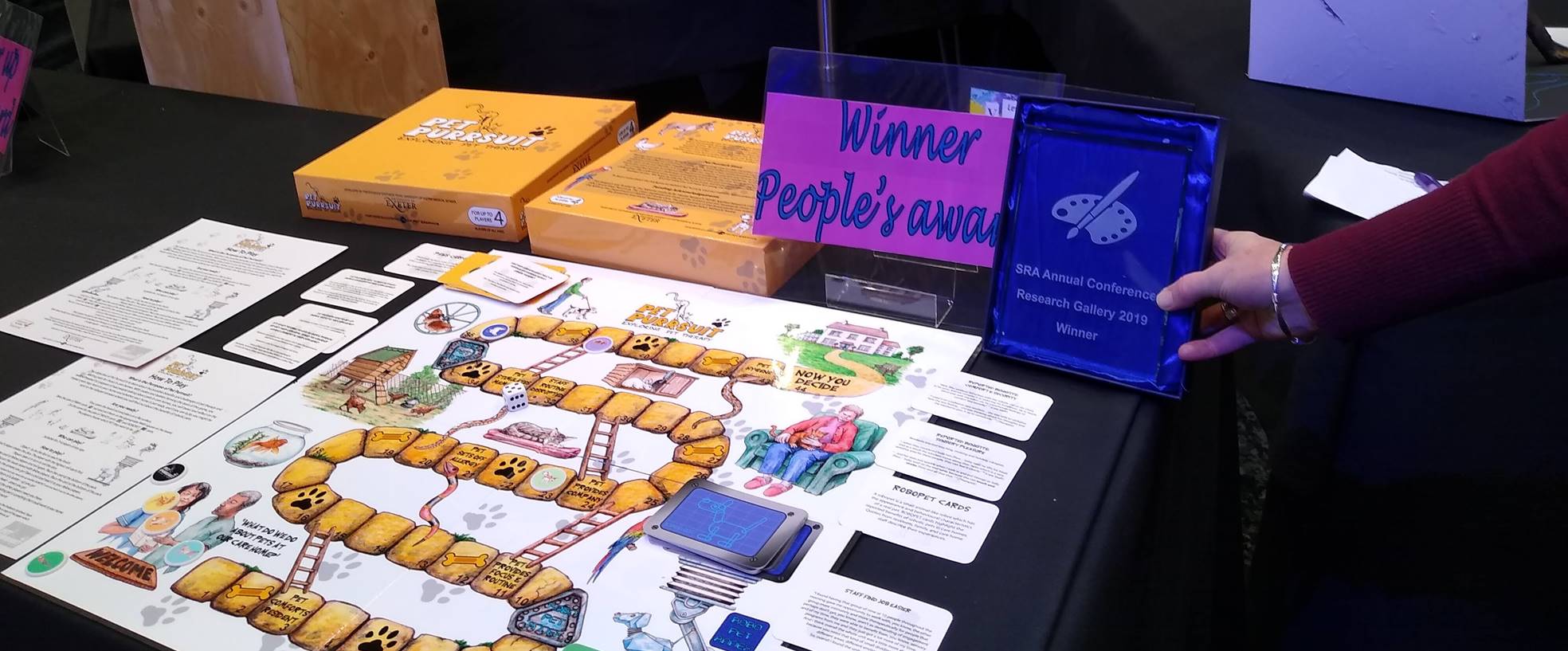What is a research gallery?
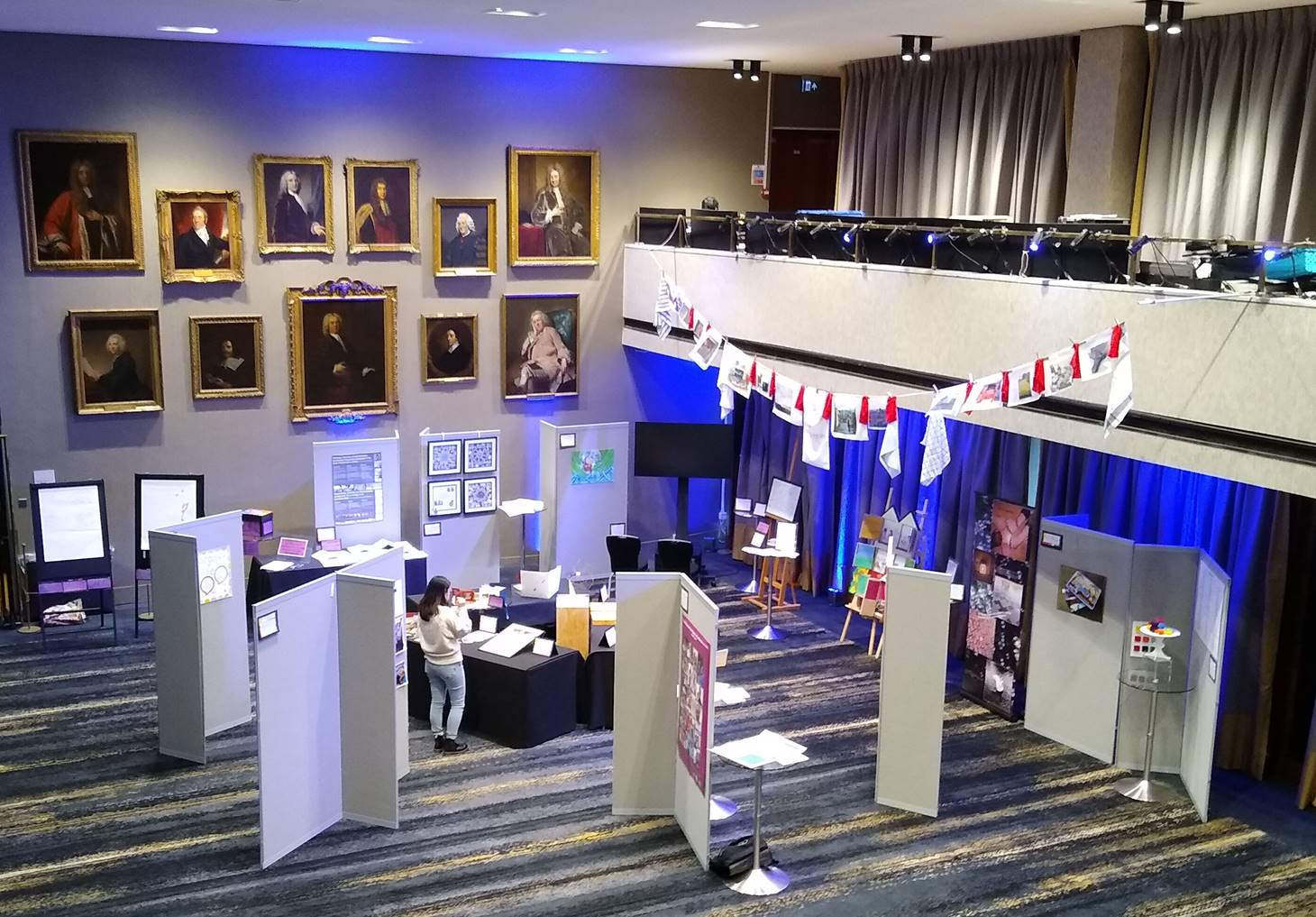 In my mind a ‘research gallery’ is a space where creative pieces of work such as photos, poems and drawings are brought together and displayed for an audience. The pieces are embedded in research and could be the means through which data were collected, they could be the mechanism through which the findings were disseminated or they could reflect how doing research has impacted on the researcher.
In my mind a ‘research gallery’ is a space where creative pieces of work such as photos, poems and drawings are brought together and displayed for an audience. The pieces are embedded in research and could be the means through which data were collected, they could be the mechanism through which the findings were disseminated or they could reflect how doing research has impacted on the researcher.
Why do a research gallery
The answer to ‘why?’ was many fold:
● A realisation that the value of creative pieces enhances a researcher’s practice and brings a different gaze on to the research process.
● Displaying creative work helps to make a conference more impactful and memorable as research insights are communicated in novel ways.
● The added advantage of potentially bringing the participant’s voice to the fore in something more than a speech bubble.
● A belief that there was creative work ‘out there’ which didn’t get much exposure and is perhaps difficult to capture in a journal article.
My personal research gallery journey
The PhD years
I’ve been going to conferences for the last 25-30 years and have little memory of any of them as little has ever really stood out for me. At the first conference I took part in for my PhD research (experiences of people diagnosed with bladder or kidney cancer) we were not allowed to use PowerPoint. I think the fear was that flashy presentations were distracting from the content – these were the days when presenters took advantage of everything PowerPoint had to offer and used as many different ways for words to appear on and then vaporise off the screen.
So, back to ‘ye olde overhead projector’. I used just one image which was a picture of a snakes and ladders game. I then took a counter and moved it around on the screen to represent when things went well for me (getting ethics approval) and when I hit snakes (my supervisor leaving to go to another university). I optimistically finished my talk on square 75 – I obviously had no idea that I had another six years of my PhD ahead of me - but that’s another story.
The first time I had to create a poster for my PhD research I tried really hard to think back to an exceptional poster which I could model mine on, but there was nothing I could hang my ideas on. Instead, being a mum of young children at the time, I looked at my children’s possessions and thought about our experiences going to museums for inspiration on how to engage an audience. That was how I came up with the idea of a ‘lift the flap’ poster and knowing how nervous conference delegates would be about touching a poster I put sticky notes on saying ‘please touch’.
So began a series of ‘alternative’ presentations and posters from my PhD which I really enjoyed creating, but always felt like the ‘odd one out’ as I wasn’t conforming to standard conference poster etiquette – and to be truthful, I really wasn’t being that radical. The one that I never created, which I’d always wanted to, was having quotes hanging down at eye level which people would walk through and thus be more immersed in the experience of the person diagnosed with cancer. The main reason I never made it was because there was nowhere that I could show it, I knew conference organisers would balk at the idea of there being some kind of ‘structure’ amongst the neatly laid out landscape / portrait A1 / A0 posters.
The wilderness years
Things then got worse. When I was doing my PhD I had pretty much complete freedom to do what I wanted, but when I started working for organisations I had to conform to their branding guidelines, colour palettes and font sizes. My hands were effectively tied – though I do remember one poster where I did manage to persuade the infographics manager to put an image of a torch on the poster. She did it begrudgingly and called it a ‘gimmick’ which gave me the idea to attach an actual light to my poster as the title started with the words ‘Shining a light …’
On another occasion when asked for suggestions for an upcoming cancer conference I put forward the idea that people who had been diagnosed with cancer may like to submit artwork which related to their cancer journey or had been created during art therapy. My idea was for this to be displayed alongside the poster exhibition, the idea was met with downward glances and nervous laughter. I had hoped that the cancer artwork exhibition over the years would integrate with the posters. It never even made it to first base - so my frustrations grew and my desire for creativity was kept boxed up.
If you build it...
I refer to the film ‘A Field of Dreams’ where the lead character (Kevin Kostner) hears voices telling him ‘If you build it, they will come’; the Kostner character takes this to mean that he should build a baseball pitch in his wheat field but he’s not too sure who will come. Well I didn’t hear any voices but I was sure I was not the only researcher who wanted to do something more creative and was frustrated by the restrictions of the poster exhibition but did not have any other ‘space’ on offer. I would sometimes catch glimpses of creativity when presenters spoke about photo elicitation, designing short animations or writing poems from their participants’ transcripts. But these were ‘one-offs’ and they weren’t all in one place at the same time, so how was I going to make this happen?
Then along came a call from the Social Research Association (SRA) looking for volunteers to help organise their next conference and I replied saying that I would be interested. When I heard the theme for the conference, ‘Blurring Boundaries and Crossing Frontiers,’ I knew that this was the moment to grasp the nettle and pitch the idea of a research gallery. So I did and to give the SRA full credit they let me go with it, even though I had no guarantee that it would work, that people would submit work to be considered or whether delegates would be interested in looking at other people’s creative contributions.
The call for submissions went out, and I didn’t know what to expect. What I didn’t expect was a submission on the day the call went out – what a great start. Then slowly, slowly the submissions started to drip in and the smile on my face gradually became broader and broader as the look of the research gallery took shape in my mind. The mixture of creative work which was being put forward was extraordinary and partly unexpected; I thought it was probably out there but just didn’t have the evidence to back it up.
Curating the gallery
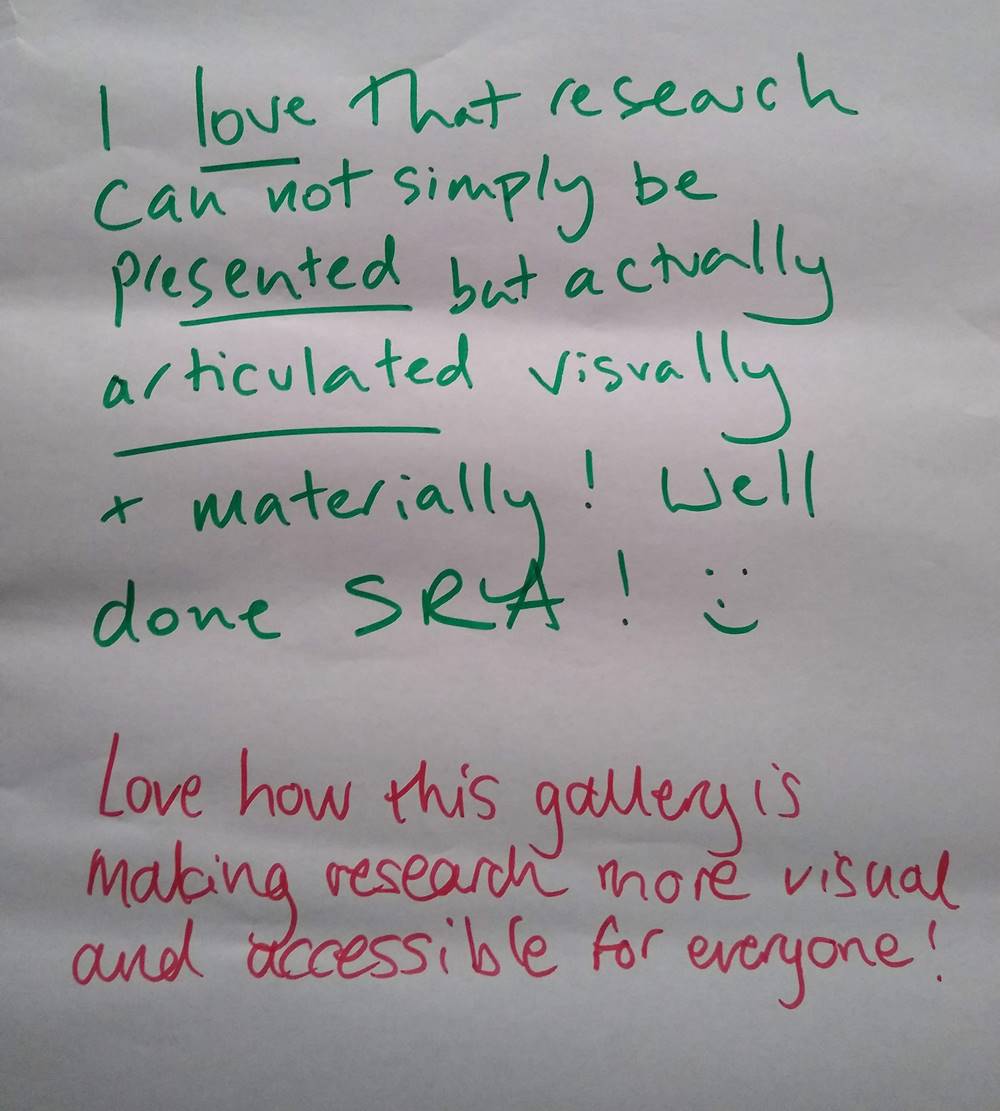 I had enlisted some help from the Institute of Education who found two helpers for me, who were studying a Masters in Museums and Galleries in Education, to discuss the layout plan and all the things I needed to consider when ‘curating’ an exhibition. My helpers were great as they really pushed me to articulate why I was doing this in the first place and were super enthusiastic about the submissions and shared my growing excitement about the event.
I had enlisted some help from the Institute of Education who found two helpers for me, who were studying a Masters in Museums and Galleries in Education, to discuss the layout plan and all the things I needed to consider when ‘curating’ an exhibition. My helpers were great as they really pushed me to articulate why I was doing this in the first place and were super enthusiastic about the submissions and shared my growing excitement about the event.
As the day of the research gallery drew nearer I was looking forward to it more and more, especially as I could ‘see’ the whole thing and I knew the exhibitors would be impressed with each other’s work and would all engage well. The day itself was my ‘Field of Dreams’. With the backing of SRA I built the space and they did come. I had a quiet smile to myself when the judges’ award went to a piece where you could open flaps (thinking about my first PhD poster inspired by my children’s books) and the people’s choice award went to a boardgame, reminding me of my snakes and ladders presentation. My aim was for people to arrive intrigued and leave inspired and judging by the comments on the day, I think I achieved that. 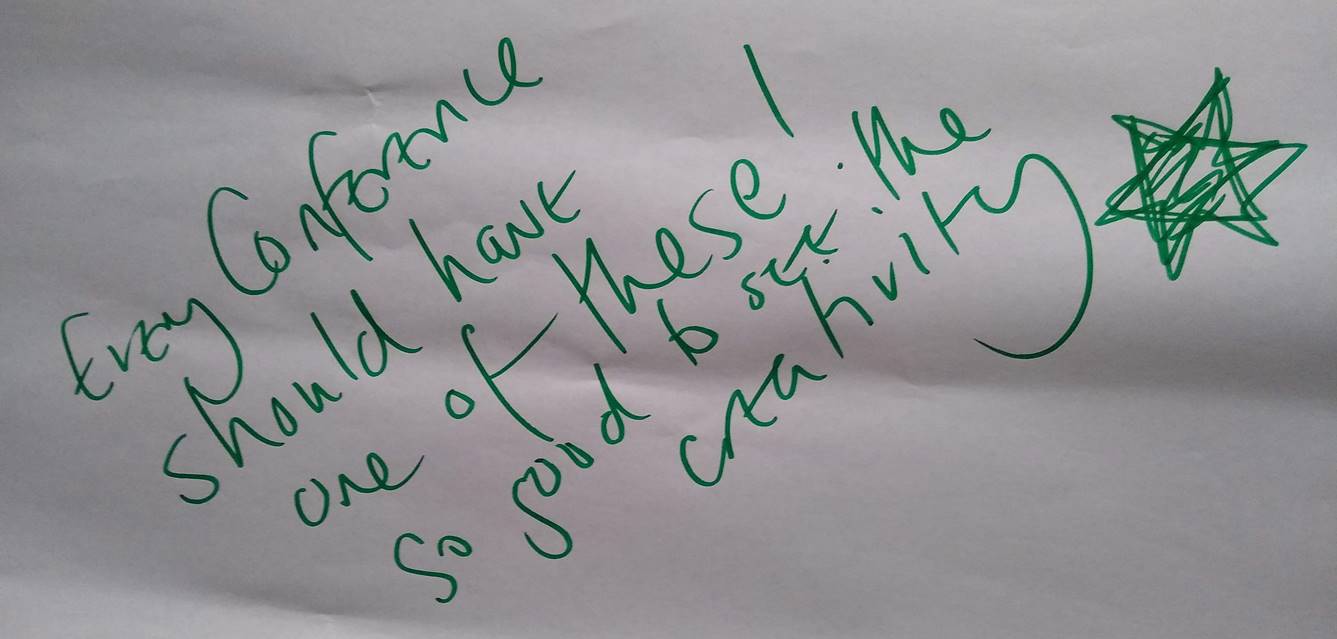
How to do a research gallery
I did not have a template to copy so I had to work it out as I went, hopefully others will follow in my footsteps. I would recommend that any conference could conceivably host a research gallery alongside the usual poster session. The potential barriers are a lack of perceived benefit, a conservative approach to conferences and not wanting to change how ‘it’s always been done’. These can be overcome by a conviction that it can be done, working with the venue to make the best use of the space available and citing the SRA research gallery as a successful example.
Judges' runner up
Translation of a conversation about living with Rheumatoid Arthritis, Peter Marsh, University of Brighton
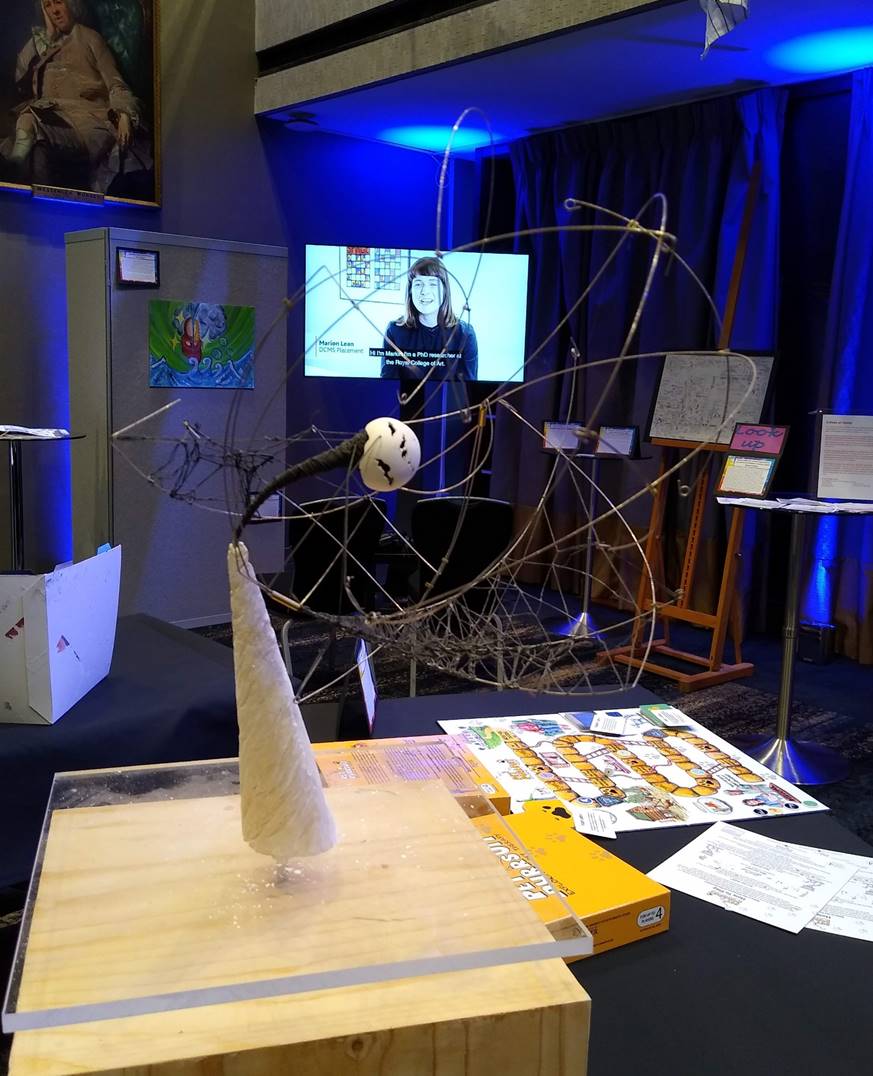
Judges' winner
‘Echoes at home’ Becki Skittrall, Tavistock Institute of Human Relations
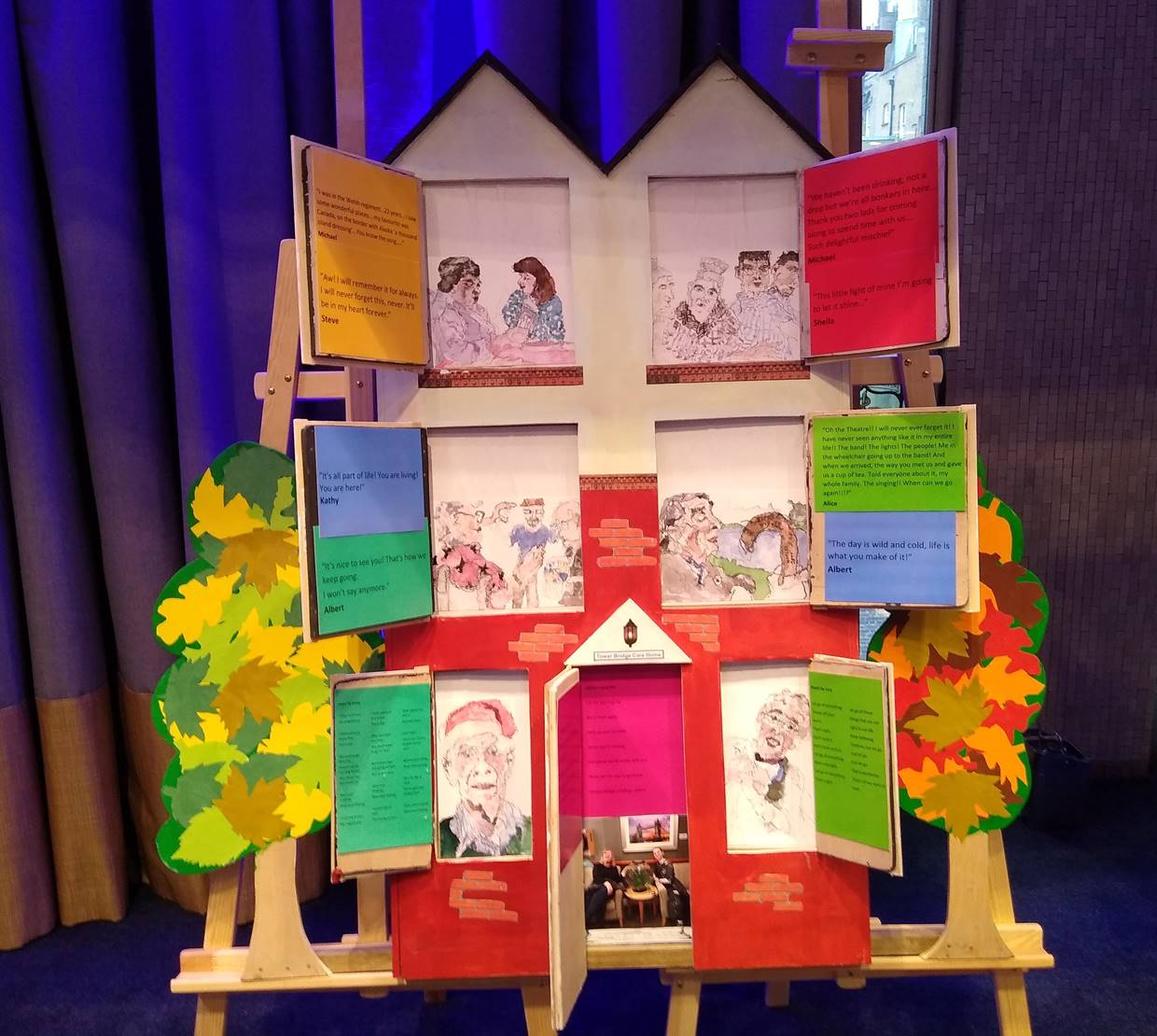
Peoples' runner up
Mother Cake, Alison Perry, Imperial College
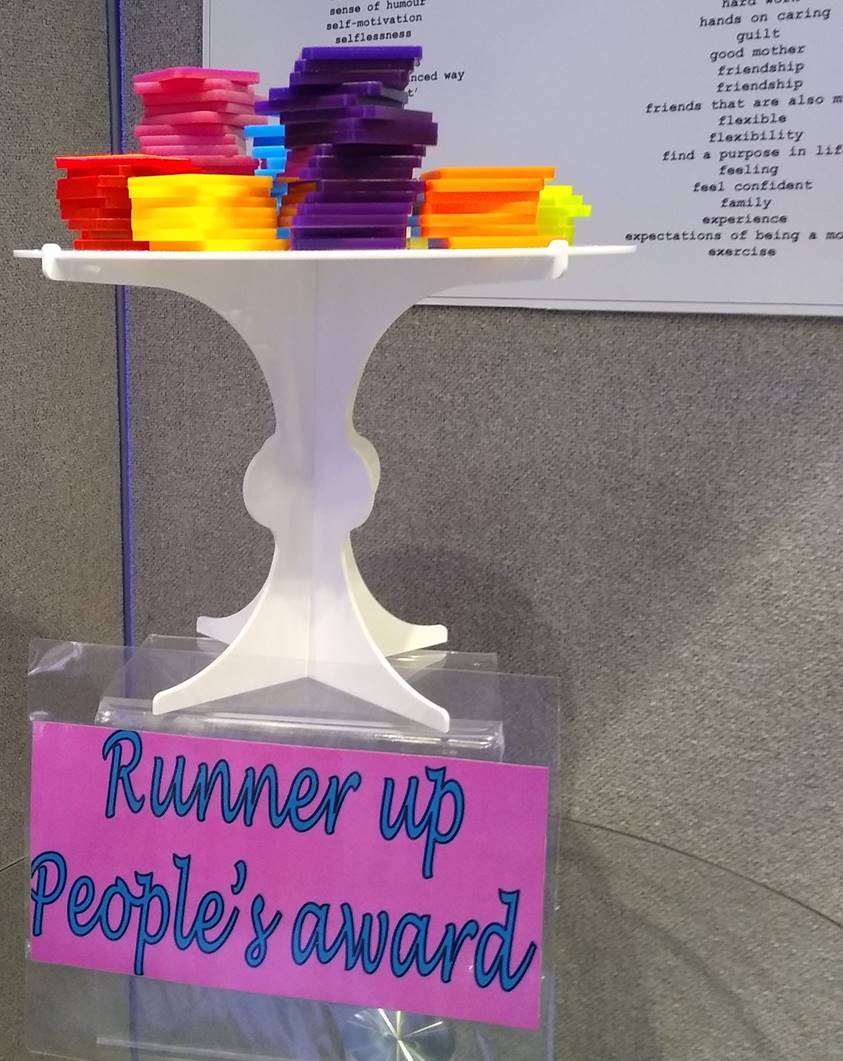
Peoples' winner
Let’s play Pet Purrsuit: sharing research with care home staff Noreen Orr, University of Exeter
